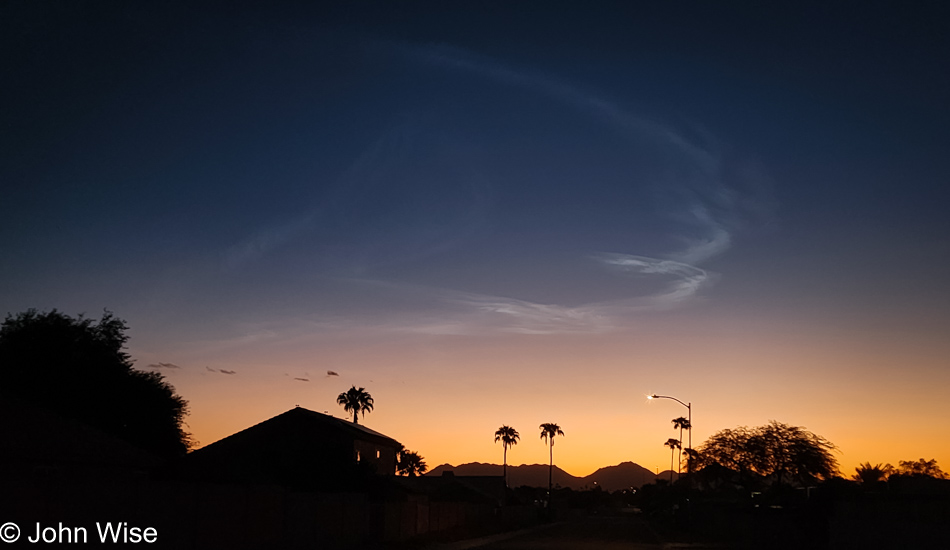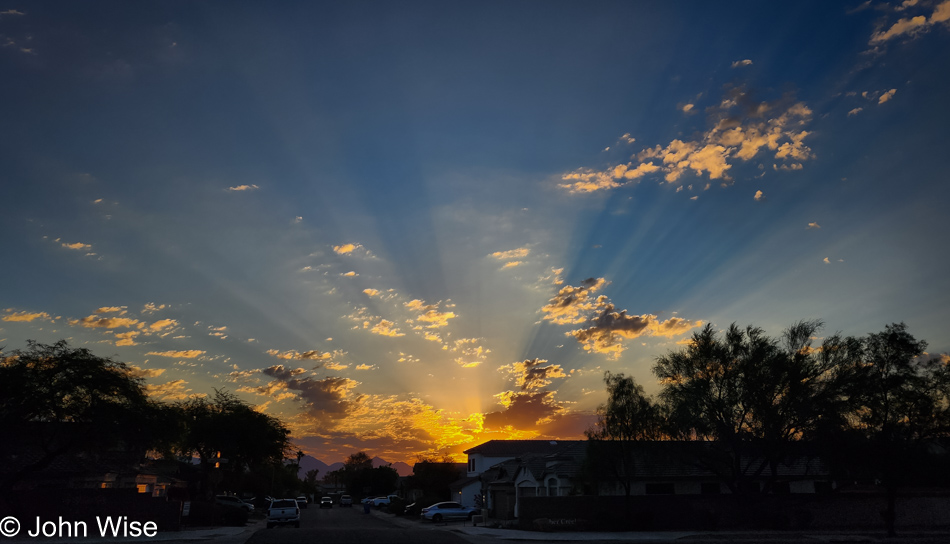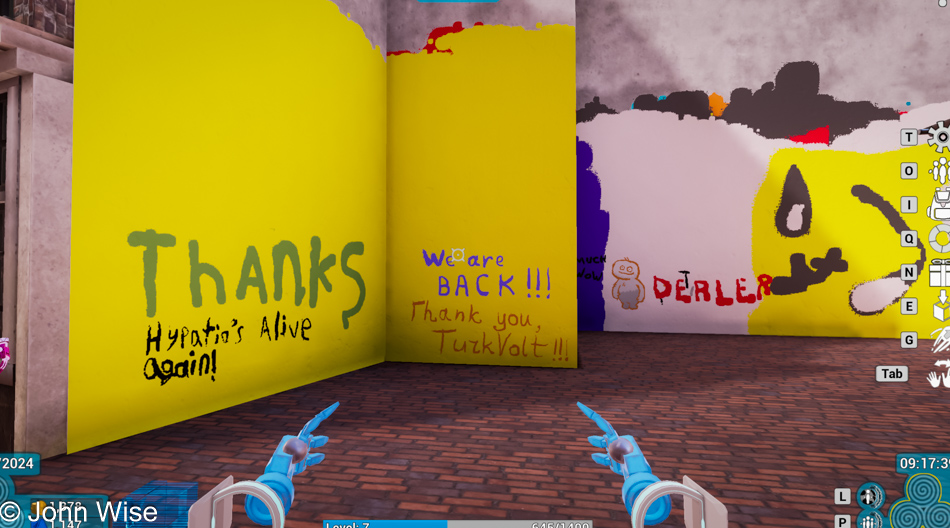
If there was any hint that on our margins, we Americans have, to some extent, become a trash society. Our current political climate seems to show that a plurality of us are fully entrenched in a race to a level of cultural vulgarity that proves beyond any doubt that we are a nation of idiots falling into hate. While mudslinging has always been part of the fabric of politics around the world and throughout history, there seemed to be a time and place for the exchange of grievances. Today, we have returned to a time where we engage the mob in an attempt to foment the most amount of rage.

When I call us a “trash society,” what I mean is that instead of having a commonality of education that allows us to see each other as more-or-less equal, we have become a polarized people of better-educated citizens able to adapt to the rapid shift in demands for intellectual flexibility and those who have failed to embrace the demands of an economy that requires intelligence able to evolve in response to the incredible speed of change that is part of modern life. Those who are failing themselves are a volatile lot; they are easy to anger and ignored for long enough there is some likelihood they will bring revolution, one that will not serve those of us who have enjoyed the prosperity that arrived with adaptability. Looking at the Russian Revolution and subsequent Red Terror, the Chinese Cultural Revolution, the Iranian Revolution, the Khmer Rouge in Cambodia, and to some extent, Nazism in Germany, these movements shared something ugly in common, and that was that they targeted government officials and bureaucrats, military officers, nobility/aristocrats, wealthy merchants/landowners, religious leaders/clergy, intellectuals, professors, teachers, journalists, writers, artists, cultural figures, lawyers, judges, doctors, scientists, union leaders, political opponents, ethnic minorities, foreign nationals, wealthy peasants/farmers, student activists, civil society leaders, librarians, publishers, bankers/financiers, diplomatic corps members, police officials from previous regimes, urban professionals, social reformers, and democracy advocates.

I do have to give credit to a number of people who are proponents of accelerationism and the Dark Enlightenment movement. They look to push forward a collapse, believing that democracy is inefficient and leads to societal decay, traditional hierarchies and authorities should be restored, progressive social movements are destructive to civilization, technology and capitalism should be unleashed from democratic constraints, universities and media constitute a “Cathedral” that enforces progressive orthodoxy, and that the Enlightenment and its values were a historical mistake. That’s a ridiculously compressed version of the accelerationist movement, but you get the idea. Without dedicating thousands of words to the complexity of all sides of this desperate situation and those who are being used as pawns in a battle of wealth and power, I have to leave this here with my sad recognition that the vulgarities displayed on the streets of Phoenix are battle weapons, sowing division and mistrust between the diverse population that makes America a great country.




